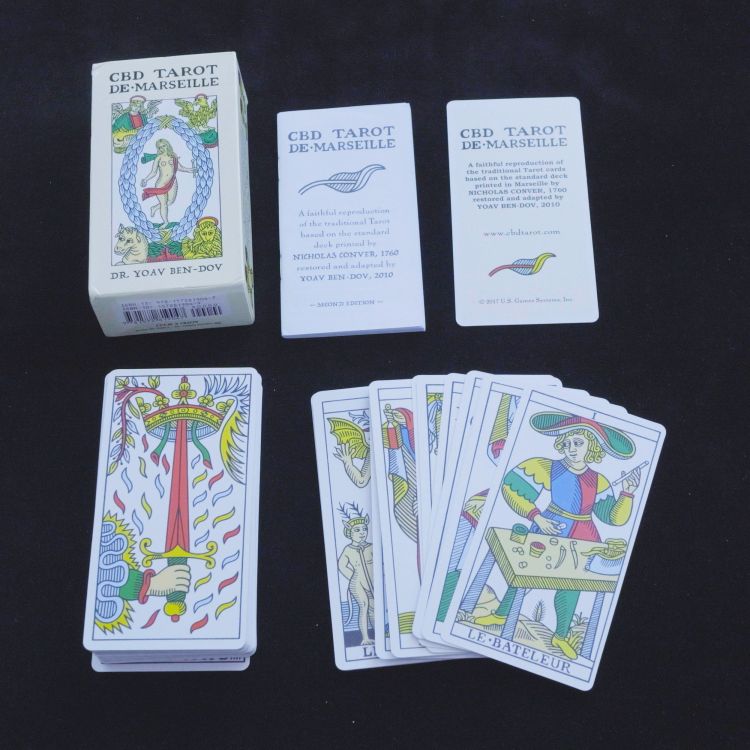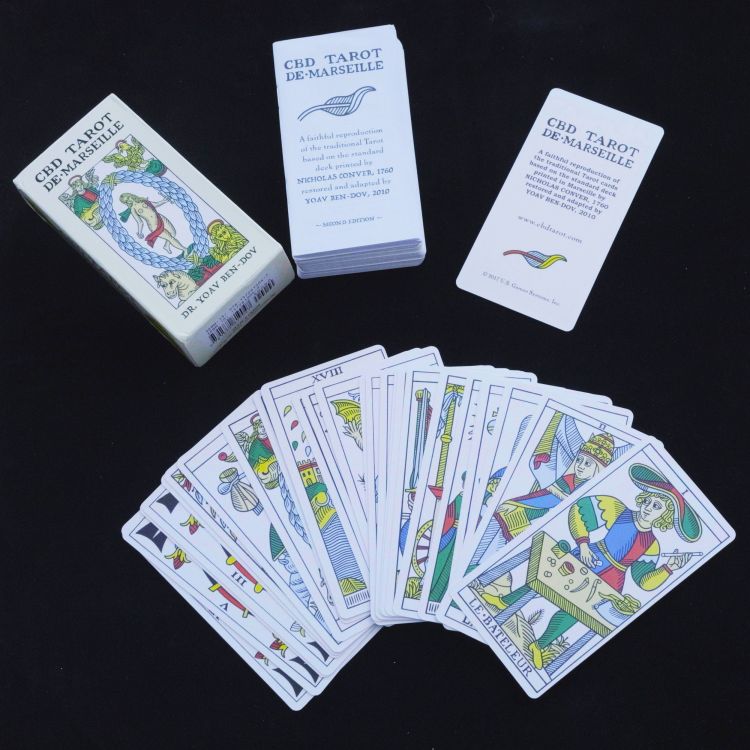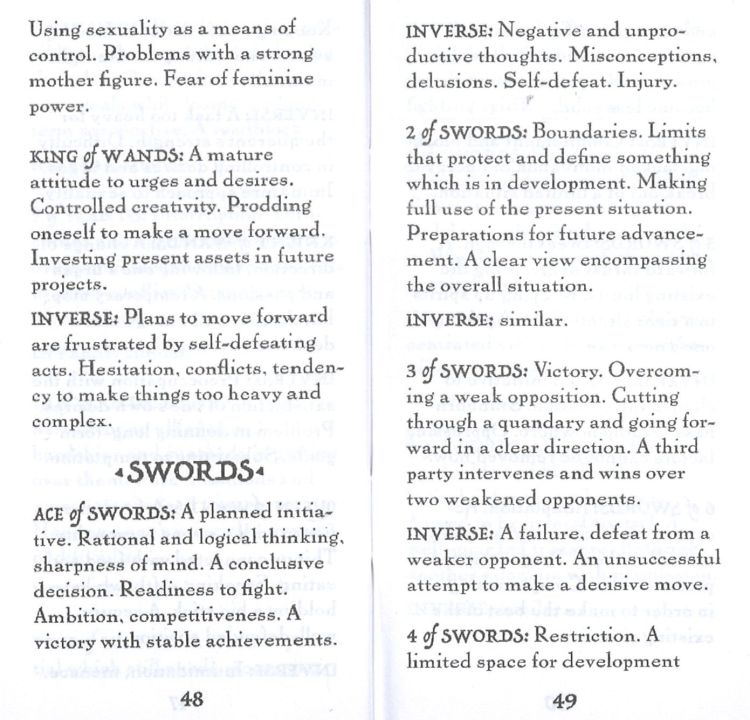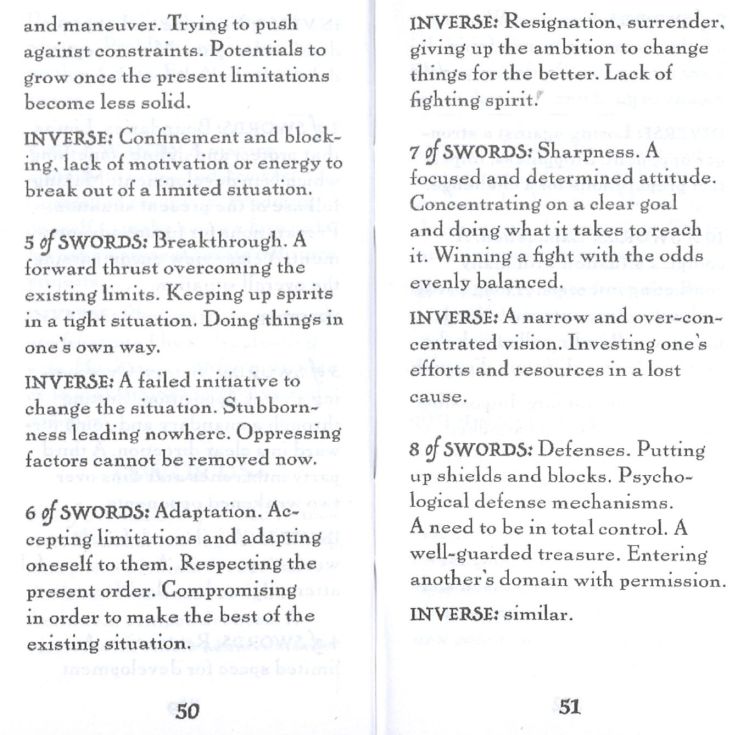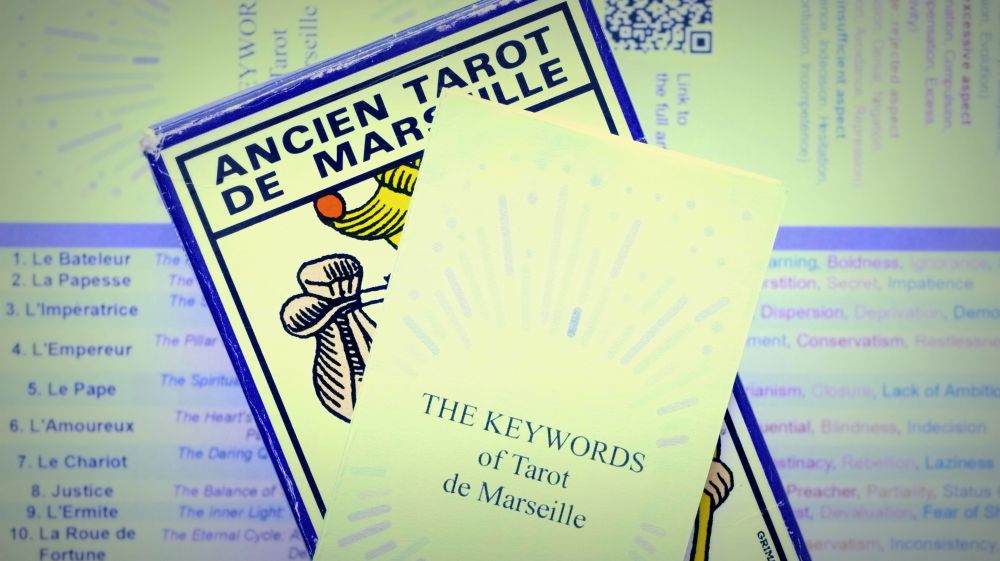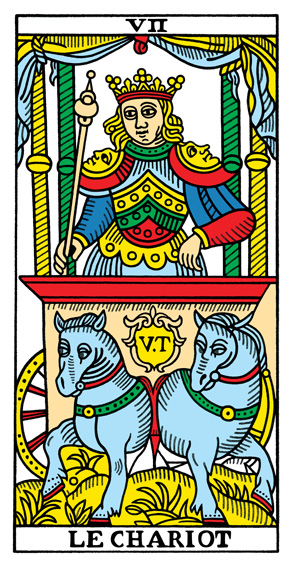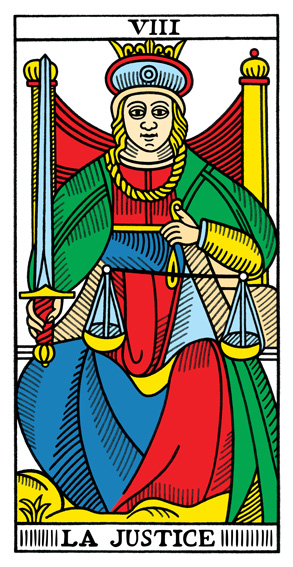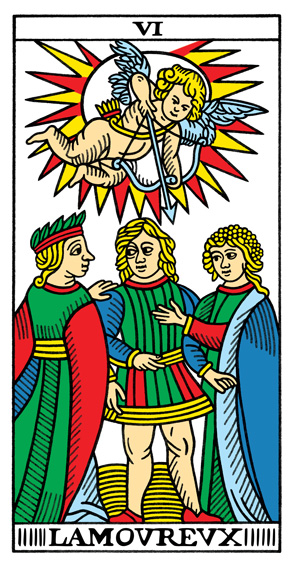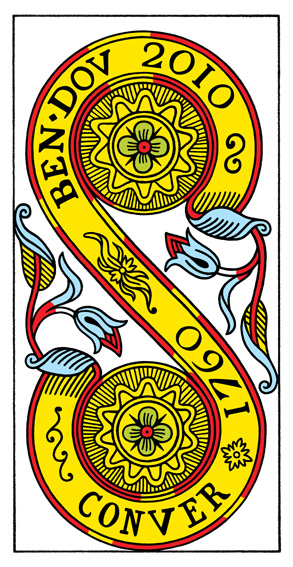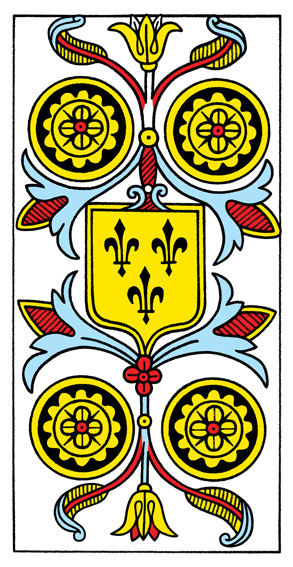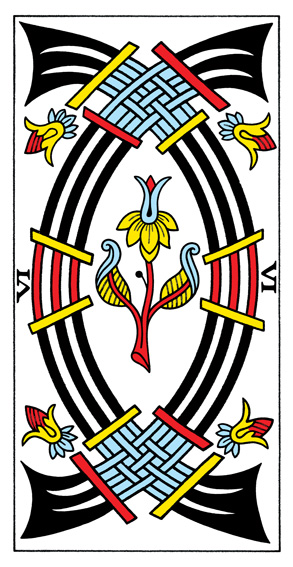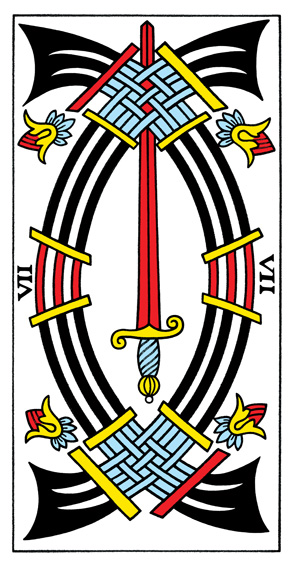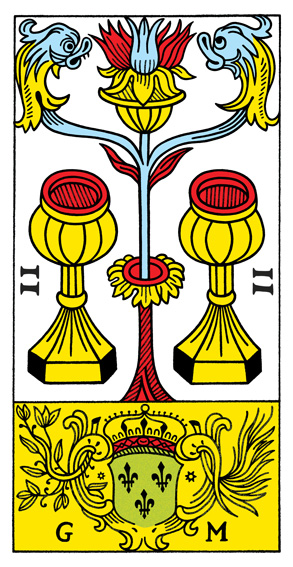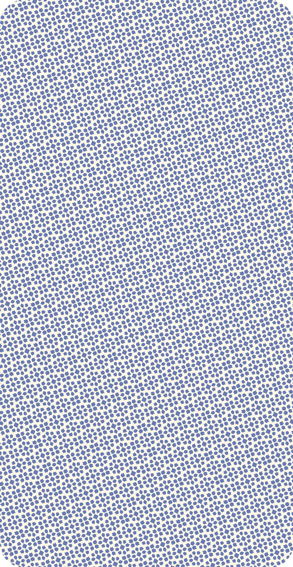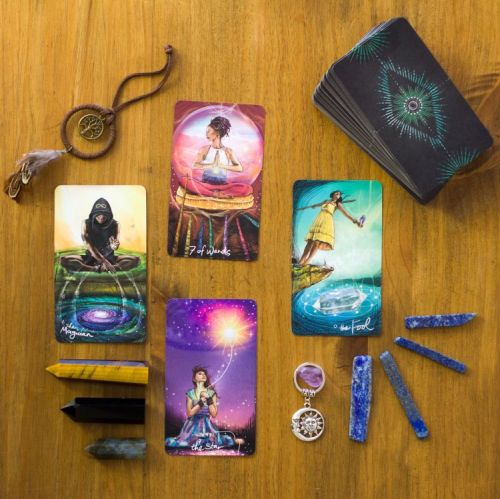In conclusion, the CBD tarot by Yoav Ben-Dov is a restoration of the Marseille tarot based on the 1760 Nicolas Conver model, carefully and precisely crafted. Notable details include the famous half-smile, which some may find out of place. However, personally, this choice does not bother me.
For those seeking a Marseille tarot faithful to the Conver style, this deck is an excellent choice. Although I'm not particularly a fan of this 1760 version, strongly preferring the Jean Madenié tarot of 1709, I acknowledge that Yoav Ben-Dov has achieved a convincing, though cautious, restoration, which does not introduce major changes or significant symbolic additions. Despite this, it is worth noting that Yoav Ben-Dov has released his deck under a Creative Commons license, allowing for free distribution. This generous choice helps spread the Marseille tarot culture worldwide, a highly commendable act on his part. You can visit his website for more information and to download the cards: https://cbdtarot.com.
On the other hand, I would have been more captivated if Yoav Ben-Dov had chosen to draw more deeply from the Madenié tarot, a version which, in my opinion, has a particular charm. That said, while this tarot is not my first choice due to its connection with the Conver, I must admit that its graphics are finer and more precise than those of the Paul Marteau tarot (also known as the Grimaud tarot), which can appear somewhat crude.
I also prefer Ben-Dov's tarot to the Camoin-Jodorowsky version, which includes esoteric elements that, in my view, do not belong in a traditional Marseille tarot. Although one might criticize Yoav Ben-Dov for a certain cautiousness or lack of innovation in this restoration, his fidelity to historical sources makes it a deck I find more attractive and respectful of tradition than the versions by Marteau or Camoin-Jodorowsky.
To learn more and deepen your knowledge of tarot, check out my article on the meanings of the 78 tarot cards or on the 22 Trumps (major arcana).
